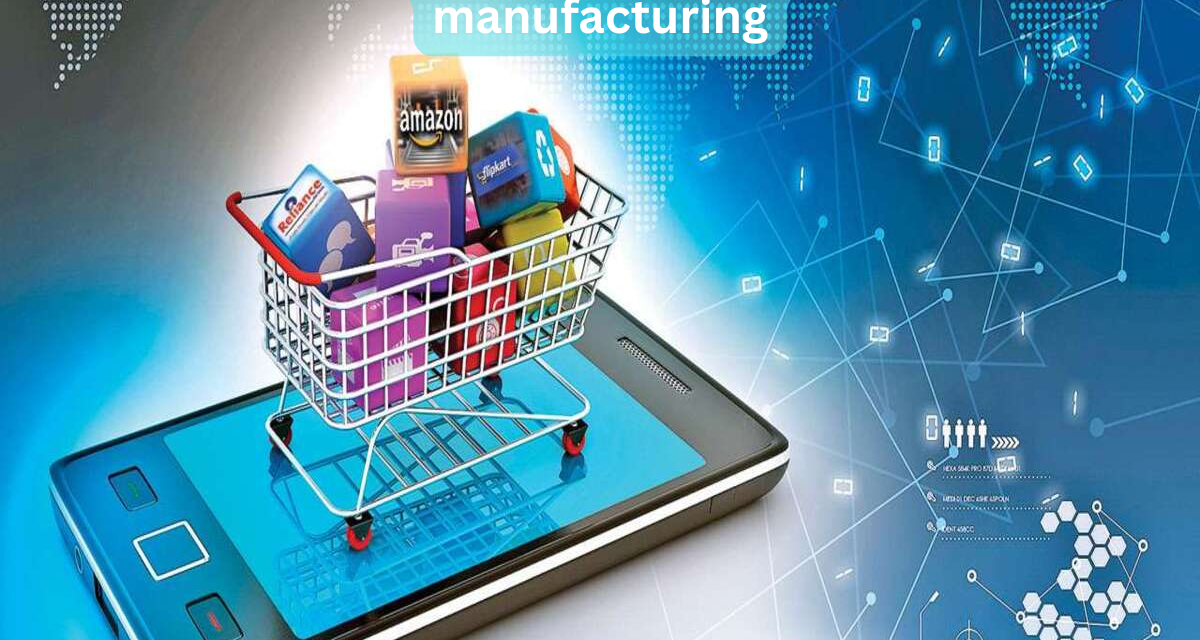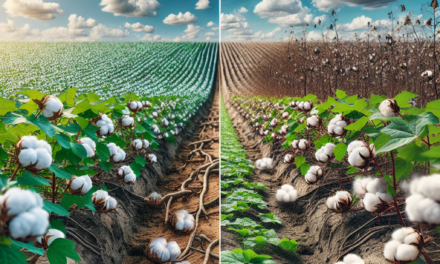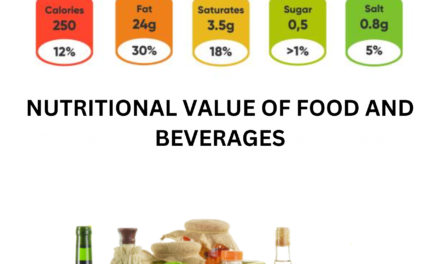The rise of e-commerce is profoundly reshaping packaged goods manufacturing by altering packaging design, logistics, marketing strategies, and consumer expectations. Here’s a detailed look at how this shift is influencing the industry:
1. Focus on E-Commerce-Ready Packaging
- Impact: Products need to withstand the rigors of shipping and handling while maintaining brand appeal online.
- Adjustments:
- Durability: Manufacturers use reinforced materials to protect goods during transit.
- Right-Sizing: Optimizing package dimensions to reduce shipping costs and void space.
- Minimalist Design: Simplifying packaging to prioritize functionality over in-store aesthetics.
- Example: Amazon’s “Frustration-Free Packaging” initiative encourages manufacturers to create easy-to-open, recyclable packaging designed for shipping.
2. Shift Toward Lightweight Materials
- Impact: Reducing package weight minimizes shipping costs and carbon emissions.
- Adjustments:
- Use of lighter materials like corrugated cardboard, flexible plastics, or thinner glass.
- Transition to mono-materials for recyclability and cost efficiency.
- Example: Beverage manufacturers adopting lightweight PET bottles for direct-to-consumer shipping.
3. Enhanced Focus on Sustainability
- Impact: Online shoppers prioritize eco-friendly packaging due to increased environmental awareness.
- Adjustments:
- Incorporating biodegradable, recyclable, or reusable materials into packaging design.
- Reducing packaging layers and eliminating unnecessary plastics.
- Example: Brands like Nestlé and Unilever emphasize sustainable e-commerce packaging in response to consumer and regulatory demands.
4. Integration of Smart Packaging
- Impact: E-commerce allows for greater integration of technology to engage and inform consumers.
- Adjustments:
- QR Codes and NFC Tags: Provide instant access to product details, usage instructions, and brand stories.
- Track-and-Trace Features: Enable consumers to monitor delivery and verify authenticity.
- Example: Luxury goods manufacturers using RFID tags for anti-counterfeiting measures in online sales.
5. Adaptation to Direct-to-Consumer (DTC) Models
- Impact: Manufacturers are bypassing traditional retail channels and selling directly to consumers.
- Adjustments:
- Streamlined packaging tailored for single-unit shipments.
- Enhanced branding inside the package (“unboxing experience”) to delight customers.
- Example: Subscription services like meal kits or curated boxes feature branded, functional, and visually appealing packaging.
6. Design for the “Unboxing Experience”
- Impact: Packaging becomes a key element in building brand identity and customer loyalty.
- Adjustments:
- Incorporating visually appealing designs inside and outside the package.
- Adding personalized notes, sample products, or thank-you cards.
- Example: High-end products often include branded tissue paper or embossed packaging to elevate the customer experience.
7. Increased Demand for Customization
- Impact: E-commerce facilitates personalized products and packaging tailored to individual preferences.
- Adjustments:
- Offering customizable designs, sizes, or bundling options through online platforms.
- Printing consumer-specific details (e.g., names, messages) on packages.
- Example: Coca-Cola’s “Share a Coke” campaign allowed customers to order bottles with personalized names online.
8. Streamlined Supply Chains and Inventory Management
- Impact: E-commerce demands rapid fulfillment and agile supply chains.
- Adjustments:
- Using data analytics to forecast demand and optimize inventory.
- Implementing smaller production runs to meet diverse e-commerce needs.
- Example: Manufacturers adopting flexible packaging lines to cater to various product configurations and order sizes.
9. Smaller and Smarter Batch Production
- Impact: E-commerce allows niche and seasonal products to thrive.
- Adjustments:
- Producing smaller, targeted product batches to cater to online-only promotions or limited editions.
- Leveraging digital printing for short runs with unique packaging designs.
- Example: Limited-edition product packaging designed specifically for e-commerce-exclusive launches.
10. Greater Emphasis on Cost Efficiency
- Impact: E-commerce pricing pressures push manufacturers to optimize every aspect of packaging and logistics.
- Adjustments:
- Reducing materials costs by eliminating excess packaging.
- Automating packaging processes to improve speed and reduce labor costs.
- Example: Automated fulfillment centers with custom-cut boxes to fit products perfectly, minimizing waste and costs.
11. Global Market Reach
- Impact: E-commerce expands access to international markets, creating packaging challenges.
- Adjustments:
- Designing packaging that meets diverse regulatory requirements for labeling and materials.
- Ensuring durability for extended shipping distances.
- Example: Products designed to handle extreme temperatures or humidity levels during long-distance transport.
12. Data-Driven Innovations
- Impact: Online platforms provide rich consumer data, informing packaging design and marketing strategies.
- Adjustments:
- Analyzing consumer reviews and feedback to refine packaging functionality.
- A/B testing packaging designs to optimize sales performance.
- Example: Beverage brands experimenting with new bottle designs based on online consumer preferences.
13. Increased Transparency and Branding
- Impact: E-commerce shoppers rely heavily on packaging visuals and descriptions to make purchasing decisions.
- Adjustments:
- Including transparent windows or high-quality imagery to showcase the product.
- Highlighting certifications (e.g., organic, recyclable) and key product benefits prominently.
- Example: Food brands using clear pouches to display product quality and freshness online.
Challenges in Adapting to E-Commerce
- Durability vs. Sustainability: Balancing robust packaging for transit with eco-friendly goals.
- Cost Pressures: Meeting the demand for high-quality packaging without increasing production costs.
- Brand Consistency: Ensuring online packaging reflects the same brand values as in-store products.
Conclusion
E-commerce is transforming the packaged goods industry by emphasizing functionality, sustainability, and consumer engagement. By leveraging innovative packaging solutions, adopting agile production methods, and enhancing the unboxing experience, manufacturers can meet the demands of the e-commerce era while maintaining brand integrity and driving customer loyalty.
Hashtags
#RetailDisruption #ECommerceStrategy #OnlineRetail #PackagingSolutions #EcoFriendlyPackaging #RetailTechnology #ConsumerBehavior #ECommerceMarketing #PackagingDesign #DigitalTransformation #RetailIndustry #SustainablePackaging #ECommerceSuccess #SupplyChainManagement #ConsumerExperience #ECommerceSolutions #PackagingMaterials #RetailInnovation #ECommerceTrends #PackagingEfficiency









